Introduction:
I have for some time been trying to create a beef patty that when you bite in to it feels like you’re sinking your teeth in to the brawniest Angus, after which the patty melts away like candy floss. To conjure such an illusion has taken much trial and error, as well as a little science.
I have tried many variations, including using binders such as breadcrumbs, panko crumbs, eggs, cornflour, tapioca flour…you name it I have tried it. I have also added various flavours, such as grated onion, tomato paste, garlic, and innumerable herbs and spices, but truth be known, and I am a pretty modest chap, all I have ever wanted was to have a beef burger that was, well just that, beef.
Two things have helped me significantly on my quest: a new mincer and understanding the binding process.
Firstly, now that I am the proud owner of a mincing attachment to a fairly popular brand of mixing device, I have been able to experiment with mincing various cuts of beef, and playing around with texture. From various experiments I have come to the conclusion that beef topside (from the hind quarter of the cow) is a great, and inexpensive, cut for mincing in to beef patties. To the topside I add (about 10-12% in total mix weight) pork back fat. The addition of the fat gives the burger a moister texture; with just topside I found the burger to be a little too dry. When mincing I ensure that the meat and grinding plates are cold – grinding meat when it is warm can cause it to become mushy and for it to lose its juices.
Secondly, salt binds protein and beef contains protein. So salt effectively holds the whole patty together. The level is crucial as too much salt will not only give you a burger that is unpalatable, but the patty will be too tough. Too little salt and the patty will just fall apart before it reaches your bun. The key, therefore, to binding that patty is to get the salt level just right ensuring that the salt seasons the burger perfectly too. I settled on a level of 1% of the total meat and fat content.
With the combination of topside and pork back fat, and an optimal salt level that gives a great balance between binding texture and seasoning the last major variable is how the meat is minced.
To do this I consulted notes from Mr Heston Blumenthal and discovered the ingenious method of mincing the meat so that it lays in the one direction. Usually beef is minced straight in to a bowl and becomes a random network of interlinked proteins. By mincing and laying the meat in one direction we create ‘strands’ of meat that traverse a horizontal plane. If we then create a cylindrical sausage from these ‘strands’ and cut the burgers as discs, when you actually bite through the burger you are effectively biting across the grain which means that the burgers break easily when chewed. Finally, it is worth noting that I use a coarse grinding (mincing) plate to give the desired texture.
So there we have it – a pure beef patty that melts in your mouth.
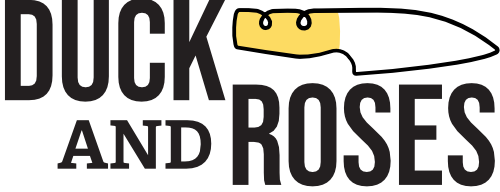
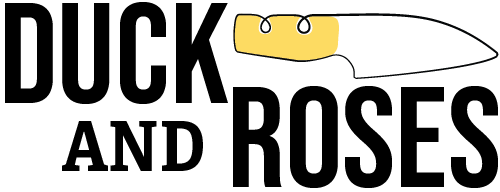

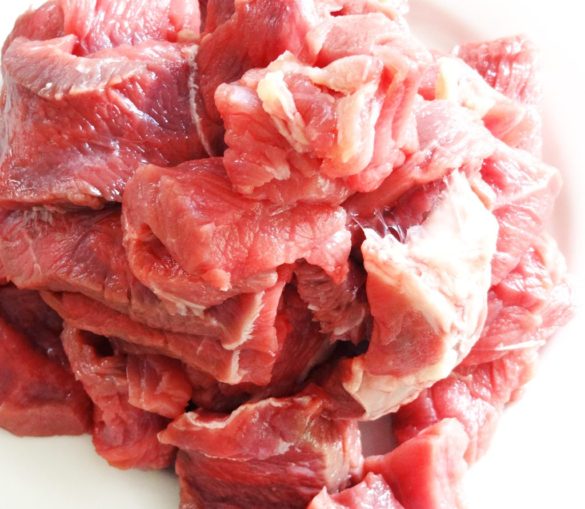
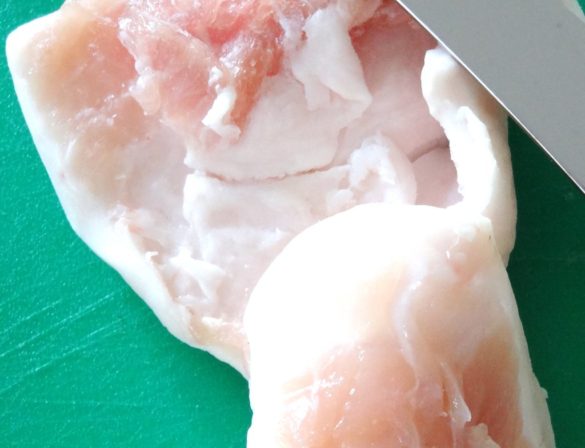
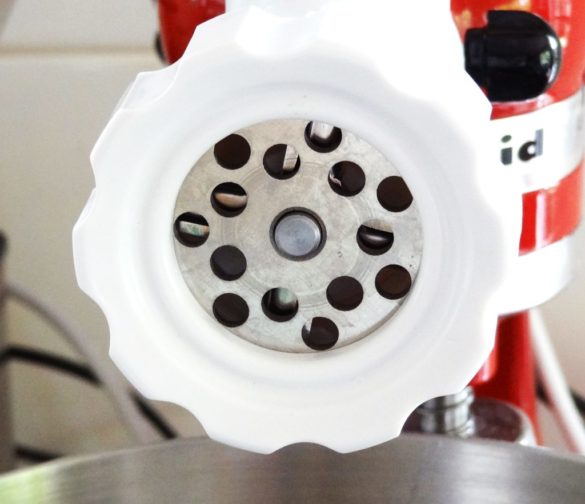
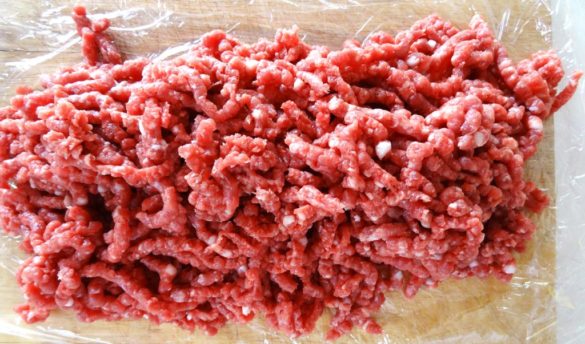
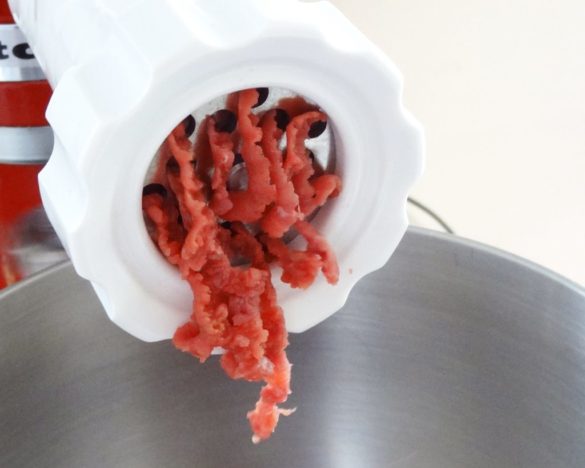
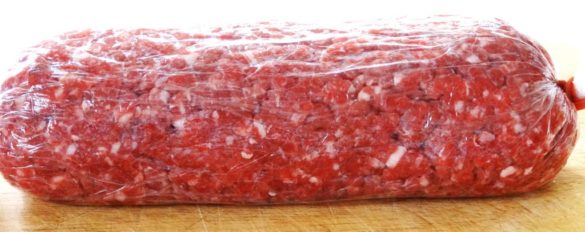
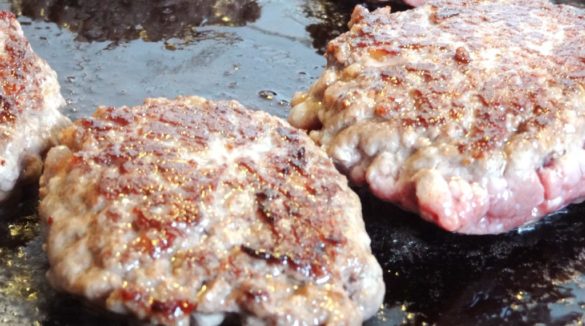

1 comment
hey Nick looks awesome:) i like the vintage cheese and honey mustard sauce part of it:)